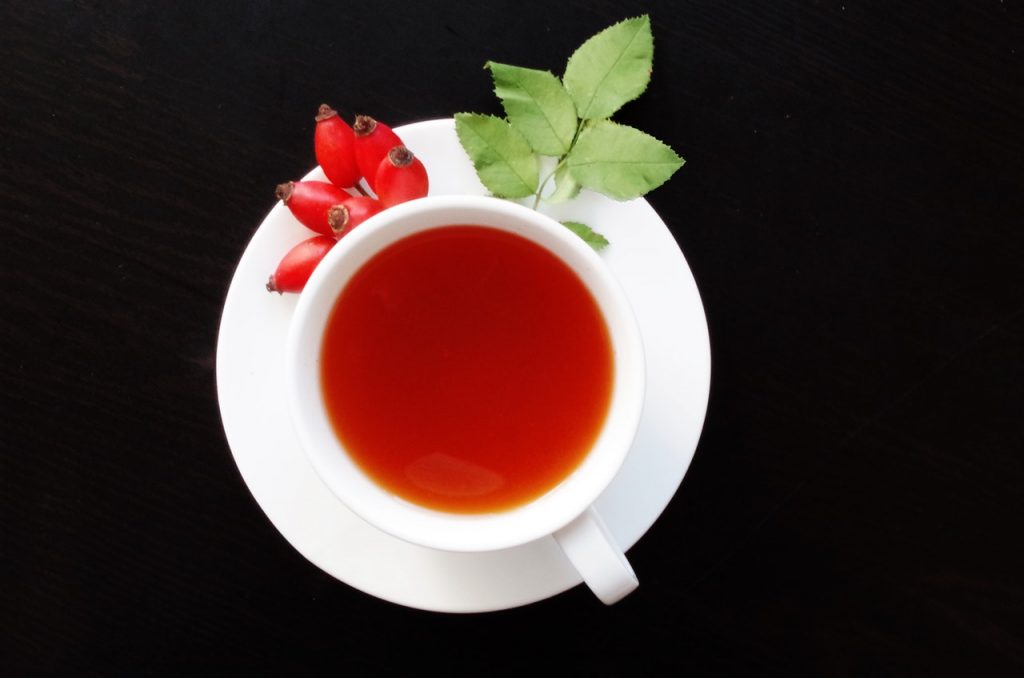3 Quirks of Russian Food Culture Posted by Maria on Nov 30, 2017 in Culture
We have often talked about Russian cuisine on this blog, from popular dishes to unique foods. Now let us look at 3 food-related conventions that may catch a visitor by surprise.
Value of Liquid Food
A typical larger Russian meal (so, обед — 2nd meal of the day; and ужин — last meal of the day) will feature some sort of liquid (жидкость). Normally, that’s soup (суп), served as your first course (первое). A meal consisting of only dry items like a sandwich is frowned upon as unbalanced. There is even an adverb to describe eating dry food — всухомятку.
― Ешьте побо́льше су́па, в доро́ге до́лго бу́дем пита́ться всухомя́тку, горя́чего не уви́дим.
“Have more soup — we will be eating dry food for a while on the road and won’t be seeing any hot meals.”
[Василий Гроссман. Жизнь и судьба, часть 3 (1960)]
Savo(u)ry Dishes for Breakfast
Another thing that may surprise visitors is the choice of breakfast food in some Russian families. Some people will have foods that we don’t immediately associate with breakfast (завтрак), such as bologna (колбаса) or other “heavy” leftovers from yesterday’s lunch. More typically, however, people have savory foods for breakfast (на завтрак), which may encompass oats, eggs, or dairy:
- яичница ([fried] eggs, note that the word for raw/hard-boiled eggs is яйца)
- каша (hot cereal)
- сырники (cheese patties)
- творог (a type of fresh cheese)
Of course, some people will have such “international” foods as granola (мюсли), yogurt (йогурт), or cold cereal (хлопья). However, what is not very typical, in my experience, is having only an item that is seen as a dessert, e.g. croissants, a sweet toast, etc. People may still have these foods for breakfast, as long as they have something more substantial along with them.
На за́втрак дава́ли макаро́ны по-фло́тски.
Pasta navy style was served for breakfast.
[Антон Ветров. Возвращение домой // «Сибирские огни», 2013]
Preference for Hot Drinks
As we wrote on this blog, Russians are huge fans of hot tea. However, their preference for warm drinks goes beyond that. Of course, “cold” drinks such as mineral water (минеральная вода), juice (сок), kvass (квас), kompot (компот) or mors (морс) may be served, too. However, your average Russian is wary of overly cold drinks to the point where they may wait for the drink to reach room temperature before serving it. It goes without saying that ice (лёд) is not added to drinks often.
В о́бласти температу́р америка́нцы скло́нны к кра́йностям. Рабо́тают в чересчу́р нато́пленных помеще́ниях и пьют чересчу́р холо́дные напи́тки. Всё, что не подаётся горя́чим, подаётся ледяны́м. Середи́ны нет.
When it comes to temperatures, Americans tend to go to extremes. They work in overheated rooms and have their drinks too cold. Everything that’s not served hot is served ice-cold. There’s no middle ground.
[Илья Ильф, Евгений Петров. Одноэтажная Америка (1936)]
How does this compare to your experience? Have you seen any of these behavio(u)rs?

Build vocabulary, practice pronunciation, and more with Transparent Language Online. Available anytime, anywhere, on any device.






